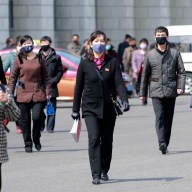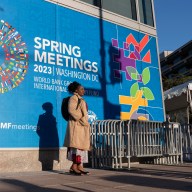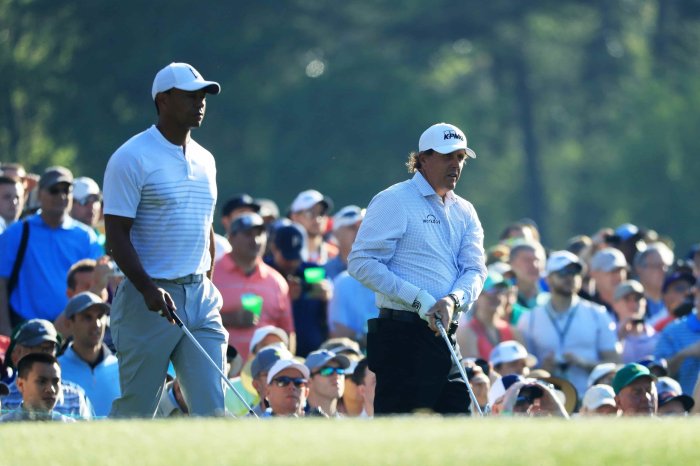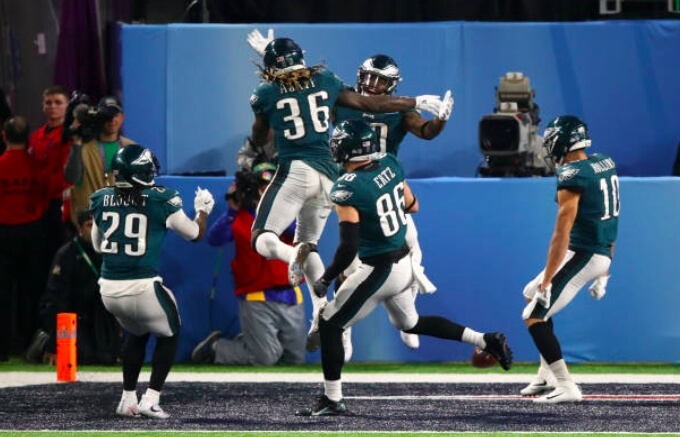Twice a week, 67-year-old Madelon Rosenfeld does battle with anyone willing to take her on.
“You just walk up to someone and say, “Want to fence?” she said. “I fence with men, women, kids, and two guys in their 80s.”
A Manhattan lawyer, Rosenfeld participates in bouts at the Fencers Club in Chelsea. She’s been fencing for 18 years. She’s a three-time national champion in her age group and has competed in Austria, Bulgaria, France, and Croatia.
She is so immersed in the sport that she takes “three subways, two cabs, and the Metro North” into Westchester every Saturday for two 20-minute private lessons with her fencing coach, whom she followed from New York City 15 years ago when he opened a club in Hawthorne.
Though fencing might conjure images of swashbuckling pirates, a trio of musketeers and Zorro, the clash of foils happens often in New York City. The city is a magnet for competitive fencers, and a Yelp search reveals at least six fencing clubs in Manhattan alone.
Daryl Homer, an Olympic Sabre fencer who won the silver medal in the 2016 Summer Games in Brazil, described fencing as “New York’s Olympic sport” because of “our high concentration of elite coaches, our athletes becoming more visible via media and popular culture, and [the] increasing number of … school programs, clubs, and nonprofit initiatives.”
Homer’s interest in fencing was sparked when he was just five years old, growing up in the Bronx with his single mom.
“I first learned about fencing by [seeing it] in a children’s dictionary,” he recalled. His fascination was further piqued after watching the sport in action in films like “Zorro” and “The Parent Trap.”
Homer’s mother agreed to enroll him in classes at the Peter Westbrook Foundation, a nonprofit fencing club for underserved youth. Eventually, Homer paired up with renowned local Olympic coach Yury Gelman, and fencing became more than just Homer’s passion; it became his career.
Homer went on to become the second-ever American competitor to win an Olympic medal in individual sabre fencing. The first was Peter Westbrook himself, who won the Olympic bronze in 1984. Though both Homer and Westbrook are black athletes in a sport widely associated with wealthy white people, Homer said it was a misconception that fencing is exclusionary.
“[At] my current club you’ll find people of all ages, socioeconomic classes, and races,” he said.
For many years, Homer trained at Gelman’s prestigious Manhattan Fencing Center, which opened in 2007. At that club, Olympic medalists like Homer rub elbows with children as young as five. (Gelman is a five-time Olympic fencing coach and was inducted into the U.S. Fencing Hall of Fame in 2010.)
The club’s executive director, Julia Gelman, noted that 70 percent of the Center’s students range between 8 and 13 years old, though she also sees regulars in their sixties.
“Fencing is known as physical chess,” she said. “Many parents and students [tell] us that fencing helps them do better in school or work. It helps [people] focus and make quick decisions.”
However, it can be an expensive sport for those who compete. The cost of travel, training camps, classes, and coaching add up, though Gelman noted, “We provide equipment for beginner students. Once a student is at the intermediate level, they purchase their own equipment.”
For Rosenfeld and others who love the sport, there’s nothing quite like it, and fencing’s benefits —both mental and physical —outweigh any financial hits.
“Fencing is meditative but it can also be anxiety-producing,” she said. “There is something thrilling about it.”













